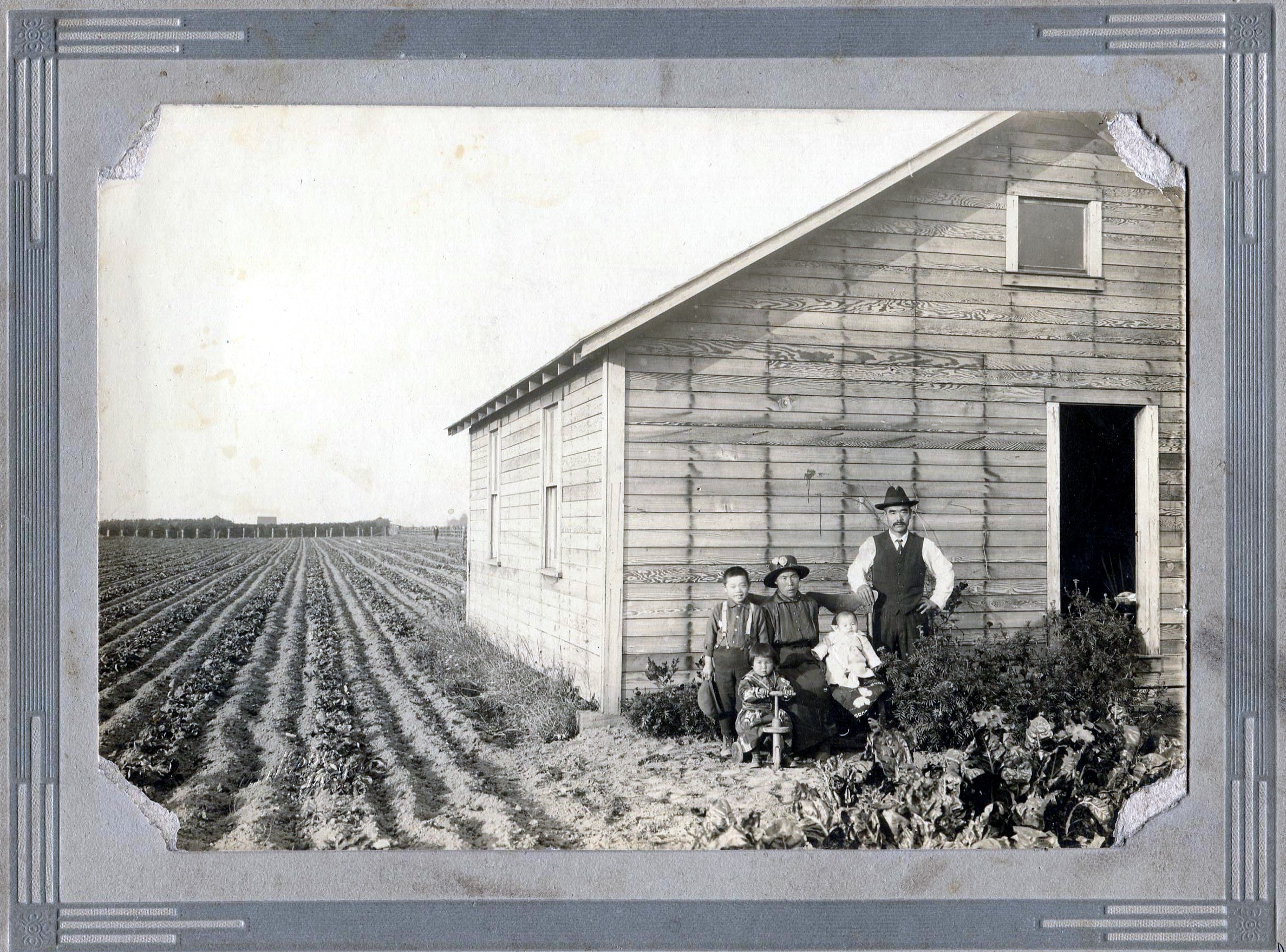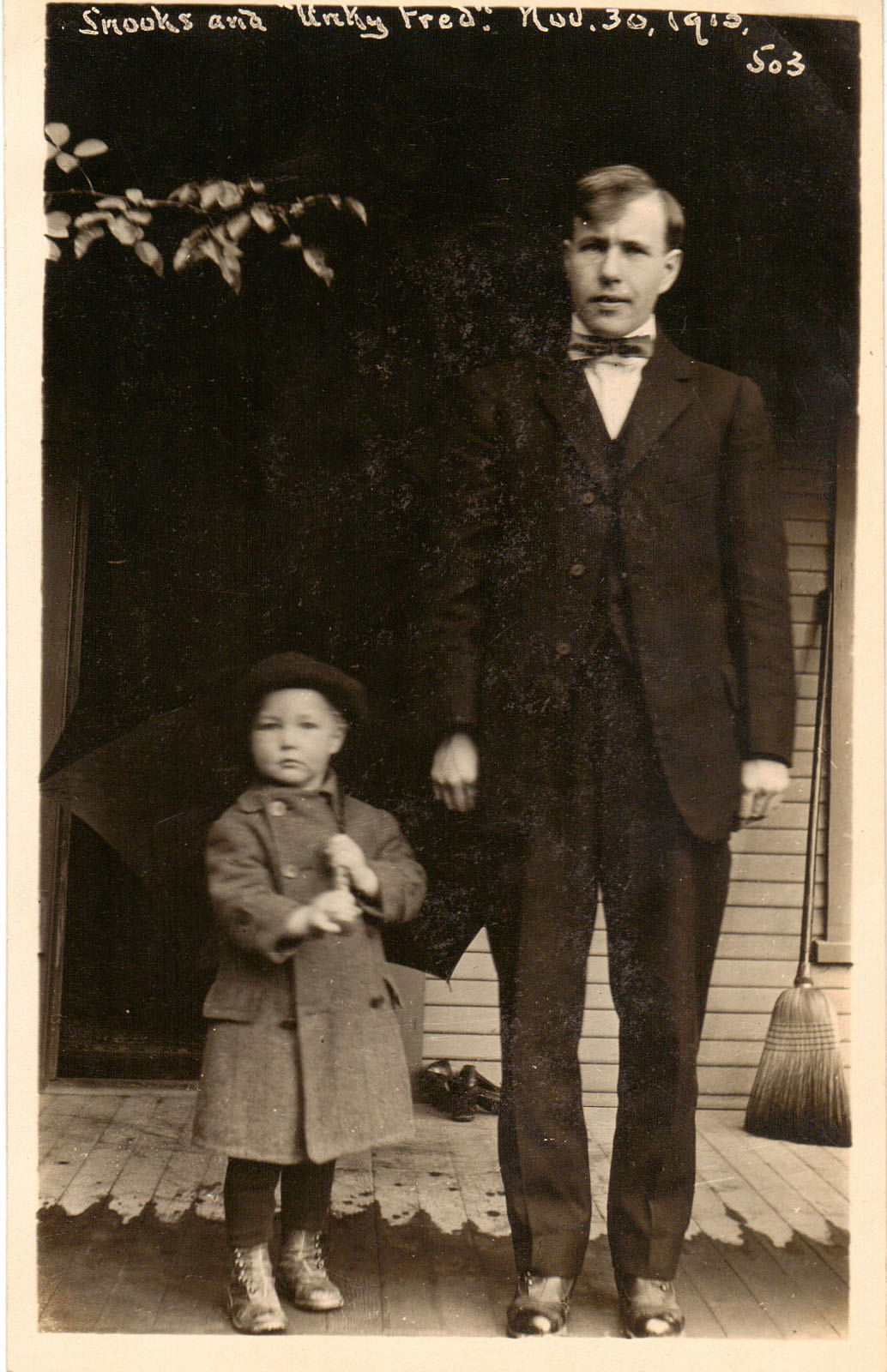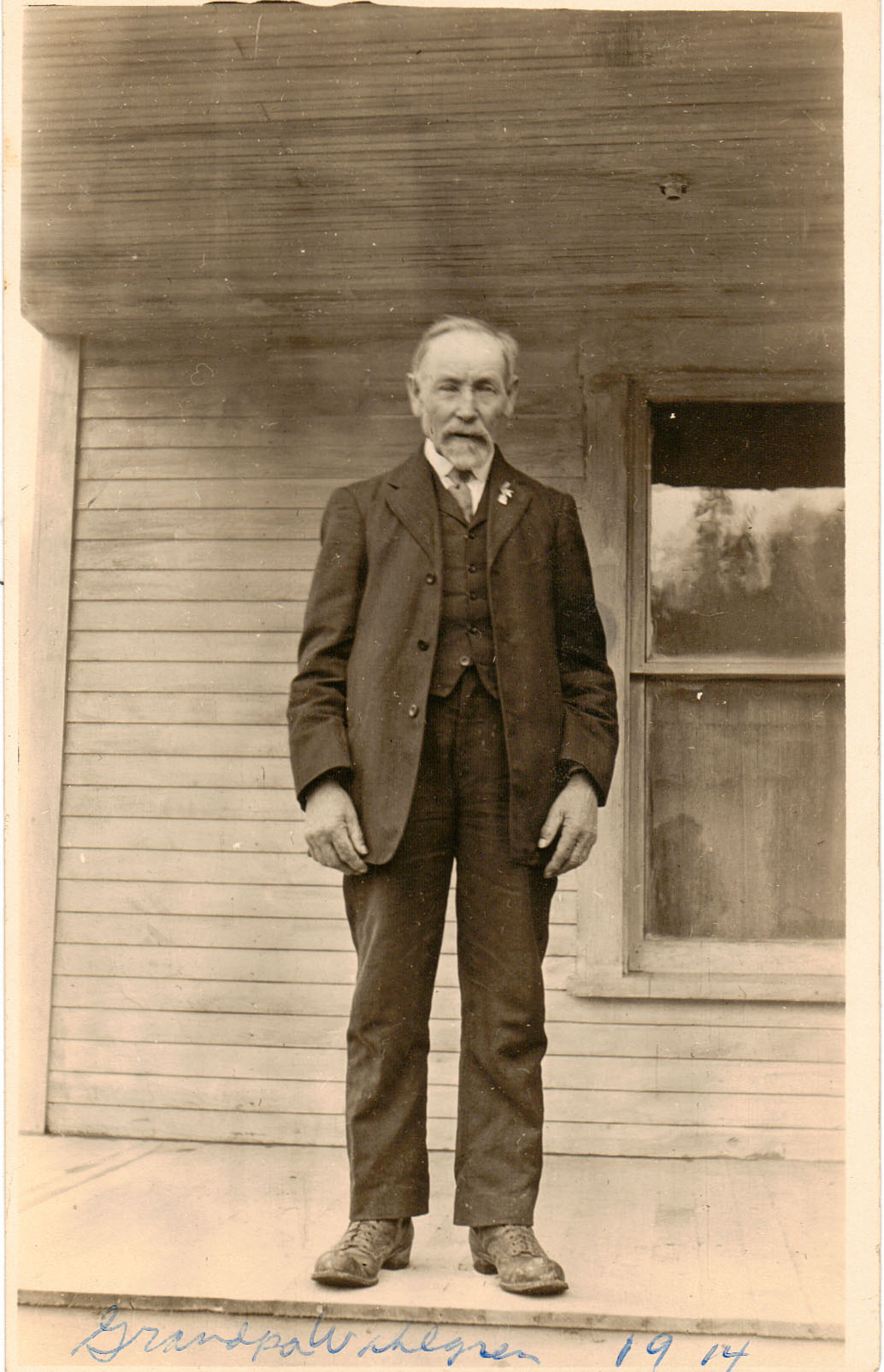Have you ever stood in a public place and wondered what it would look like if you could peel back the layers of time? If you could grab a corner of the present and pull it back like wallpaper to catch a glimpse of a previous year, or a decade, or even a century? What might you find just beneath the surface of the Right Now?
Let me introduce you to this place. This is the garden center at my local big-box chain store. At least, I think it’s a picture from my hometown. This is a place so generic that it probably looks exactly like the garden center in your town’s version of this store. Intentionally so—the store’s designers have capitalized on customers’ sense of the familiar in order to make it more comfortable for them to spend their money. It’s an effective strategy but one that has erased any sense of uniqueness of place, any sense of locality, and certainly any sense of history. This garden center is a perfect example of how so much of our sense of place has become homogenized in modern times. From offices, to stores, to schools—the places where I live so much of my life have become indistinguishable from the places where you live yours—regardless of the number of miles that may exist between us. I don’t think of this phenomenon as being either good or bad—it’s simply our approach to “place” in the present.
But I can go into this particular garden center pause in its aisles while my imagination drifts back into history. Although I may be surrounded by harried mothers pushing toddlers in shopping carts or befuddled men clutching sweaty scrap-paper shopping lists, I can take a moment to visualize this place as it once was. I can, in effect, grab a loose corner of the present and peel it away to reveal the past. I can do this because I was sent the photo below by a man whose ancestors used to occupy these very same acres. And this is what I see:

This remarkable photograph was sent to me by Mark Sakagami, a man I have corresponded with in the past regarding the Auburn Pioneer Cemetery website. He recently came across this photo in a trunk and recognized the infant in its center as his father, dating the photo to 1921 or 1922. His dad is pictured here with his own parents and siblings at their family farmstead. Mark was good enough to send me a copy, and I’m so glad he did.
What’s remarkable about this photo, in addition to the irreplaceable family images at its center, is its indisputable sense of place. Although this is western Washington, there’s not a tree in sight. Instead, we can see a fenced area in the far background, probably a berry crop of some sort. In fact, every inch of land in this scene is under cultivation. Not a scrap of yard surrounds the unclad little house; the plowed furrows come right up to its walls. The small space in front appears to comprise a vegetable garden, probably grown there for the family’s own use. In 1922, Issei Japanese like Mark’s grandparents were prevented from owning or even leasing land in their own names by our state’s racist alien land laws. The Sakagamis were instead tenant farmers, growing potatoes and making use of every last inch of land that they could just to make ends meet.
There is something desolate about the house, naked of paint or even siding, and even about the field, leveled and lined into maximum production. But at the same time, there is a balance of hopefulness in the Sakagamis themselves, posed as they are for this informal portrait. They’ve dressed in what are probably their best clothes; they’ve brought a chair into the yard to better position themselves for the cameraman, and they seem somehow content there as they look toward the photographer, and beyond him to the road, and beyond it to the little cemetery where they have already buried lost loved ones. They have, in so many ways, put down roots in this strange land, this less than welcoming place.
Do you think they could have imaged a day when everything they saw around them would be sealed under pavement? When their farm would be buried under a store that existed solely to sell impractical things like grass seed and lawn sprinklers, insect candles and gnome statues? Extravagancies like petunias and pansies?
We wander through such wonderlands every day, rarely even thinking about the pedestrian miracles that have already come to pass. Those wonders will remain forever imperceptible to those of us who refuse to cultivate our sense of place.



